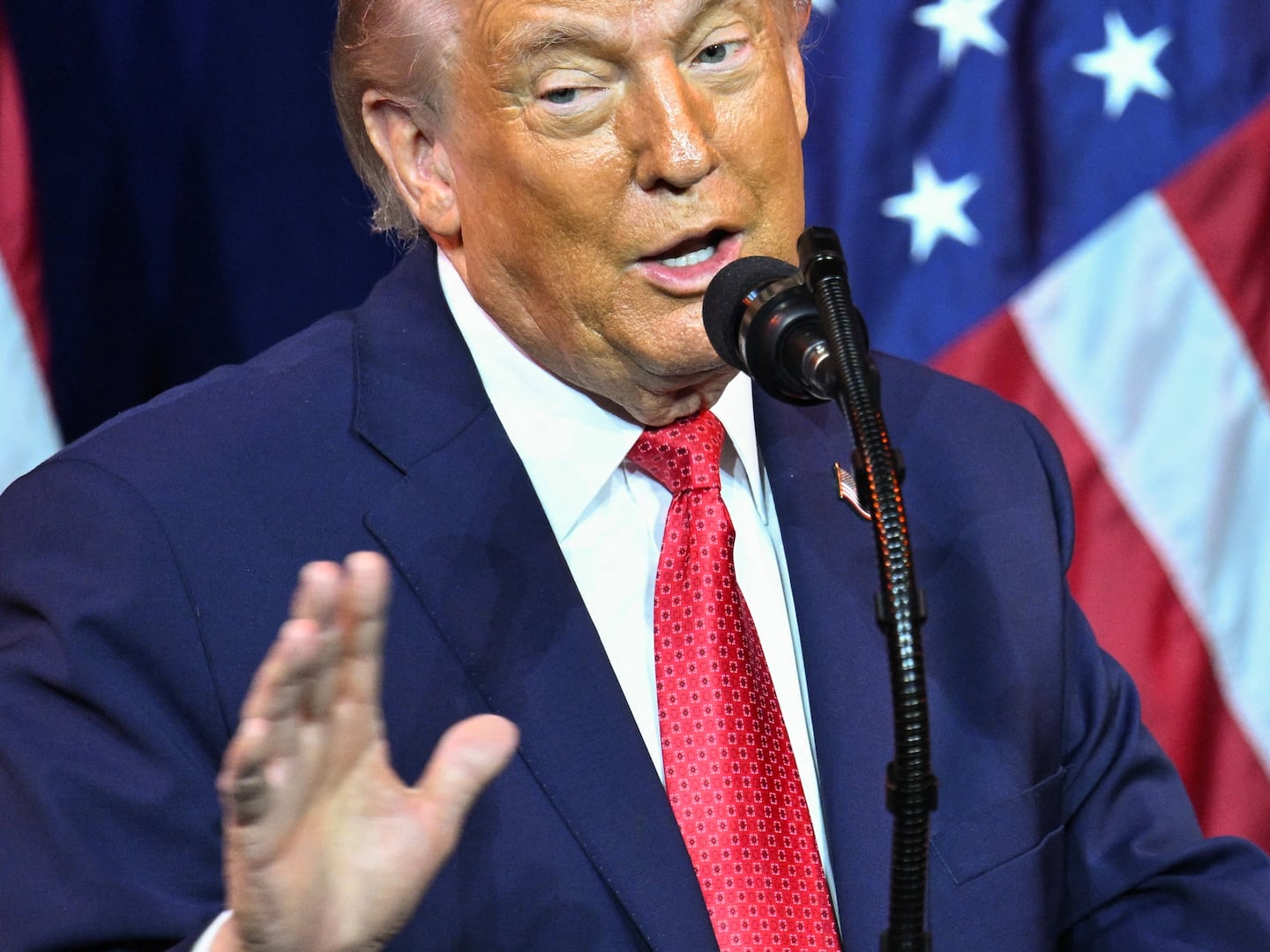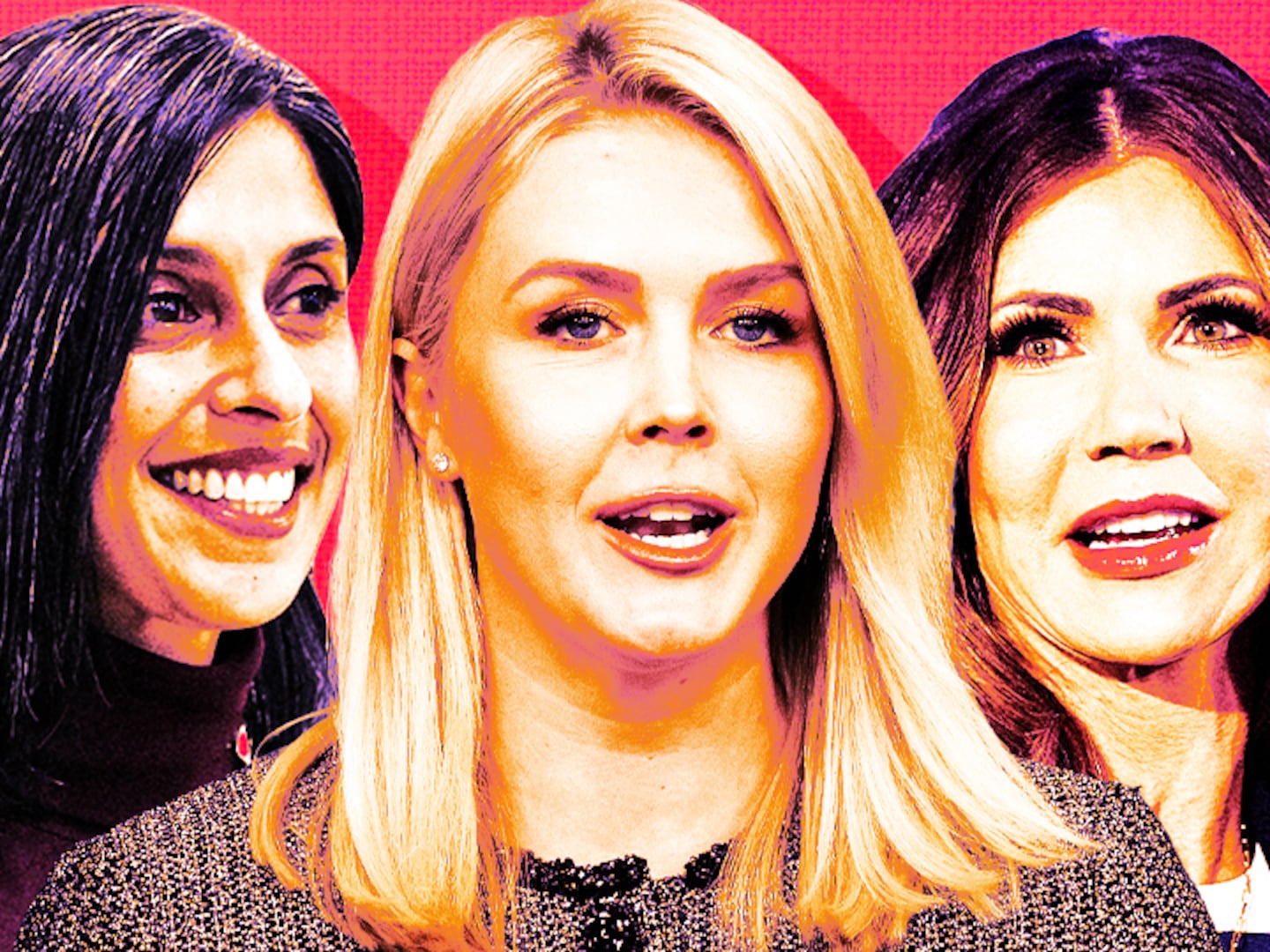You recently won the 2017 Speed Rack competition, making you the fastest female bartender in the country. How did it feel? “It felt unreal. The finals were held in New York, but it was insane because there were so many Chicago people there. This was my third Speed Rack season, but my first time qualifying for the finals. I didn’t expect to win and I wasn’t going in there to win; I just wanted to make the top eight, which is a huge deal. In all my time doing Speed Rack, I never thought I’d go to the finals.”
How did you get into bartending? “I’m the oldest of four daughters, and my parents are Arab-American immigrants. We never had a ton of money growing up. I knew that if I wanted to go to the mall and out with my friends, I needed money. So I’ve been working in hospitality since I was 16. I grew up in the suburbs of Chicago and started working as a host when I was in high school. I moved to the city at 19 and then switched to being a cocktail server when I turned 21. I ended up at Sable: It was the first really cocktail-driven place I ever worked.”
Were you still in school? “I was in art school full-time and wanted to pursue a career in art, but just being in there and watching the bartenders and having [Sable head bartender] Mike Ryan force me to stage behind the bar, I found that it was very artistic. You still have to think about things like you would with paint, but it’s with flavors. Serving a drink is like displaying a piece of art; you get instant feedback from the customer. So then after I spent all this money and finally graduated from art school, I decided I didn’t want to do art. My parents weren’t super happy about it, but it’s okay. The great thing about the bar community is that so many people have such different backgrounds. People start doing it to make money while they do something else, and then they have that aha moment where they realize they can do it as a career.”
Was it hard to break into the male-dominated bar industry? “I was staging behind the bar at Sable for almost two years, and it took a lot to get my first real bartending shift. I love the boys I worked with, but it was definitely a boys club. I was the only woman bartender for a solid year. Even the uniforms people are meant to wear—they aren’t created for women’s bodies. People wouldn’t order from me when I was working, they’d order from my barbacks. We had an espresso machine behind the bar, and customers didn’t even believe that I could make an espresso.”

Who are some of your bar mentors and role models? “[Speed Rack founders] Ivy Mix and Lynnette Marrero, 100 percent. Everything they’ve done with Speed Rack has been incredible. Recently, I’ve been toying around with opening my own bar, and it wasn’t until Empowerment Day [a day of educational seminars that’s part of Speed Rack] that I met a bunch of women investors and thought, ‘hey, I can do this!’
In Chicago specifically, it’s kind of a lady-run city now. We took control of the bar scene recently! Jess Lambert, the head bartender at the Kimpton Gray Hotel where I work, taught me so much about service and bartending. I’m a little rough around the edges and she’s so soigné. There are only three men working at the Kimpton Grey bar! Kristina Magro, bartender at Estereo and Pub Royale, is another role model. She’s super-hyper-focused and absolutely knows what she’s doing. She can just run circles around the men. She’s a badass.”
Do you have a favorite drink to make? “A Martini. The Martini is one of my absolute favorite cocktails, and I think it often doesn’t get diluted enough. It should be this silky, delicious cocktail. The secret to a perfect Martini is don’t be afraid to overdilute it. You have to get it to that very, very perfect point of just-before-overdilution. I pay close attention to the ratio of ingredients and how long I stir. My preferred ratio for a Martini is 50/50: I think equal parts Beefeater Gin and dry vermouth is perfection.”

How do you come up with new cocktail recipes? “I pull a lot from classics. I got taught a little bit of “cocktail math” early on—proportions that work with a lot of different ingredients. One of my favorite builds is an ounce and a half of a spirit, half an ounce of a liqueur or other modifier, three-quarters of an ounce syrup, three-quarters of an ounce juice. That same ratio works with all sorts of stuff. I also tell people to taste everything individually. It helps to understand how flavors will combine and lets you come up with cocktail ideas in your head before you actually make them. Knowing your product and knowing your spirits is key.”
What’s the most important lesson a home bartender can learn from the pros? “Fresh juice. It’ll change your life. That bottled “real” lime or lemon juice you can buy, while it says it’s real, it’s pasteurized or has preservatives or other ingredients and just doesn’t taste the same. Having fresh juice around will actually make a world of difference. Having simple syrup or Demerara syrup on hand can make a big difference, too, and that’s really simple: Just equal parts sugar and water.”
Got any cocktail party tips? “The key to entertaining is punch. I once made the mistake of trying to make cocktails a la minute at a party, and it was a terrible idea. I spent the whole time making drinks for people and didn’t get to enjoy the party! Instead, just make a big punch and it’s real easy. Get a big container, fill it with punch ahead of time and let people serve themselves. As the party goes on, you can periodically give it a stir and add some fresh fruit or extra juice to top it off.”
Mony Bunni serves as Chicago brand ambassador for Lustau Sherry, and you can also find her behind the bar at the Kimpton Gray Hotel and Celeste.
Interview has been condensed and edited.






